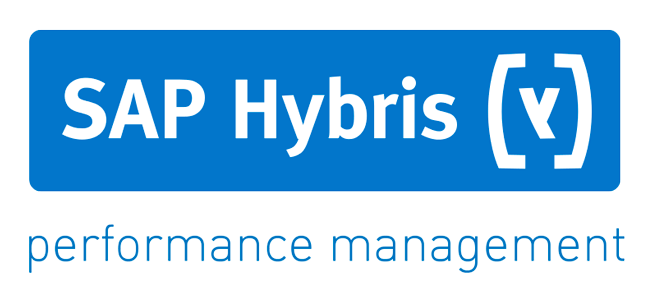
Maschinenbau // Engineering
How to solve the engineering crisis
Engineering is critical to the UK economy. In fact, it is responsible for a fifth of the UK’s total gross value added – £280bn. However, there is a skills shortage in the industry at present, which is a huge concern. It is predicted that by 2022, Britain is going to need at least 182,000 people with engineering skills every year. Plugging this gap is essential if the engineering sector and consequently the economy are going to thrive.
Key statistics
• 40 per cent of engineers feel advertised roles reinforce gender stereotypes.
• Three in five 16 to 18-year-olds believe engineering is perceived as a career for men.
• 74 per cent of recruiters believe engineering is perceived as a career for men.
• 76% of engineers said they would recommend an engineering career path to school leavers.
• 74% of recruiters believe it is tough to locate candidates that have the right skill level.
• 69 per cent of recruiters find it tough to source engineering candidates with the right amount of work experience.
Shaking outdated stereotypes
One of the most important things to do to tackle the engineering crisis is shake outdated stereotypes. Many people see the engineering sector as a ‘masculine’ one, which discourages females from considering a role in this industry. However, there is a huge range of careers available in engineering, making it accessible to everyone. It is important that we get this message across so that we can appeal to a greater number of people.
Re-skilling
One way to answer the current shortage of engineering talent is through re-skilling, especially as almost three in ten recruiters think that re-skilling for engineering jobs isn’t difficult. This isn’t a belief that is based on mere speculation. You can look at the statistics to see the value in this opinion; a fifth of current candidates have reskilled from other jobs into their current roles.
Recruitment approach
Another change that needs to be made is in regards to recruitment. Most employers believe that engineers pick this career path because of pay and interesting work. While the latter is correct, pay isn’t the most important factor for aspiring engineers. In fact, the following are deemed more appealing than pay by most: variety of work, job security, professional qualification, and progression prospects. People seem to be more interested in having a rewarding, enjoyable and creative career, as opposed to money being the main motivator. It is, therefore, vital that job descriptions reflect this. There is a lot of work that needs to be done in this regard; making job descriptions more interesting so they work in a more targeted way.
Appealing to young talent
Last but not least, there needs to be a dedicated effort towards appealing to young talent. There is a huge problem in the industry in regards to the lack of young British engineering talent. It is clear that more needs to be done to encourage school leavers to study engineering. Also, there seems to be a mismatch in regards to the skills engineering candidates require in the job market and what the education system in the UK has been delivering. There is a very strong argument that engineering should be promoted as a career from a younger age; in secondary or even primary school, instead of sixth form.
All in all, it is clear to see that there is a problem that needs to be fixed when it comes to the engineering skills shortage in the UK. There are a number of approaches we need to use to combat this, including changing the way we compile job advertisements, appealing to young talent, re-skilling, and shaking outdated stereotypes.
If you are a client struggling to find talented engineers, please get in touch with one of our highly experienced consultants on 0121 7914 8181

